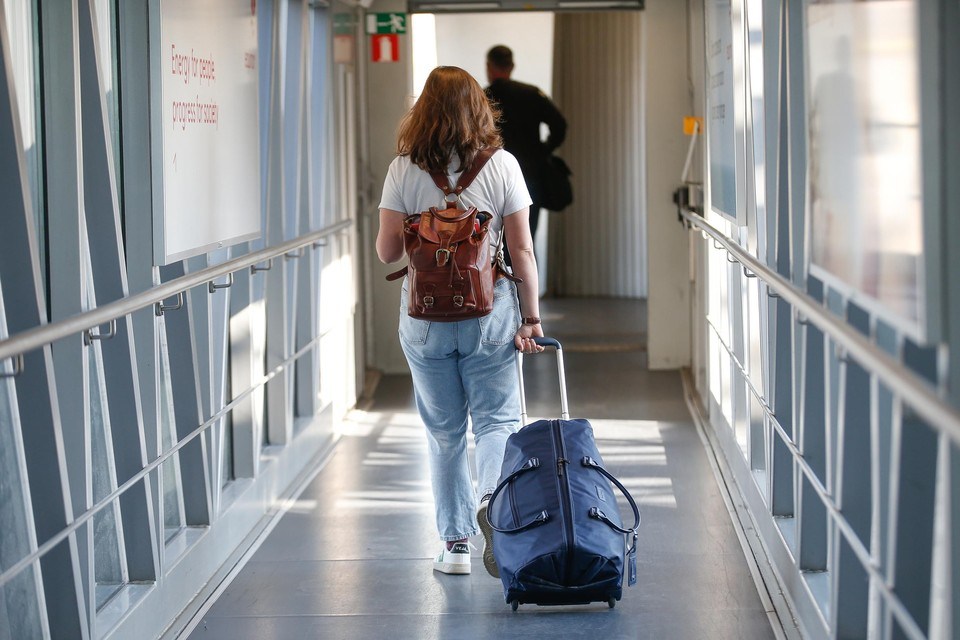The coronavirus situation in Belgium continues to worsen, and depending on the evolution in the coming days, the whole of Belgium could turn red on the travel map of the European Centre for Disease Control (ECDC).
Brussels already coloured red on the map in July, and Flanders and Wallonia are still orange, however as the number of infections per 100,000 inhabitants has either passed or is nearing 200 in both regions, they could soon follow suit.
"The incidence, the number of infections per two weeks for 100,000 inhabitants, is almost at 200. We are expected to cross that line next week and that is one of the conditions for turning red," biostatistician Geert Molenberghs told VRT News.
"Of course, we want the figures to go down, but the situation is now steadily rising. That should actually be reversed," he added.
Brussels currently has an incidence rate of 423, and a positivity rate of 5%. If the incidence rate continues to increase and reaches over 500, the region could turn an even darker red.
Related News
- Some coronavirus measures necessary even in autumn and winter, experts warn
- Covid-19: Patients in hospital now number almost 500
The European colour codes are used by the European Member States to indicate the level of risk in certain regions, with green being the lowest risk and dark red the highest.
They are also used to impose conditions on returning travellers, such as mandatory testing or quarantine. The colour code of a region is also taken into account for the admission of travellers to individual countries.
Although EU nations cannot impose extra restrictions on travellers coming from a green area, they could demand a negative test and/or quarantine from (unvaccinated) people coming from orange or red zones.
View the latest update of the ECDC travel map below.
Updated ? maps are online!
These maps aim to support the @EUCouncil recommendation on travel measures in the EU during #COVID19 pandemic. Color-blind friendly map in the next tweet.https://t.co/CcBVx6B0o5 pic.twitter.com/PCbbYoDaUm — ECDC (@ECDC_EU) August 12, 2021
What about travel destinations?
On Friday, several holiday destinations, mostly in the south of Europe, turned from orange to red on the map.
In addition to the Mediterranean coast remaining red, the French regions of Burgundy, Brittany and the far north (Calais and Lille) have also turned darker, leaving only the centre of the country coloured orange.
Meanwhile, Greece, which previously stayed green and then orange, has now started to colour red, as several of the Greek islands, including Crete also coloured red.
In Switzerland, the region around Lake Geneva and north-western Switzerland are also coloured red.
Belgian residents returning from a red zone within the EU and who have a vaccination certificate or a recovery certificate do not have to go into quarantine or be tested.
However, those who do not have such a certificate, nor a recent negative PCR test no more than 72 hours old, should be tested on day 1 or 2 after arrival in Belgium, and remain in quarantine until they receive a negative result.

